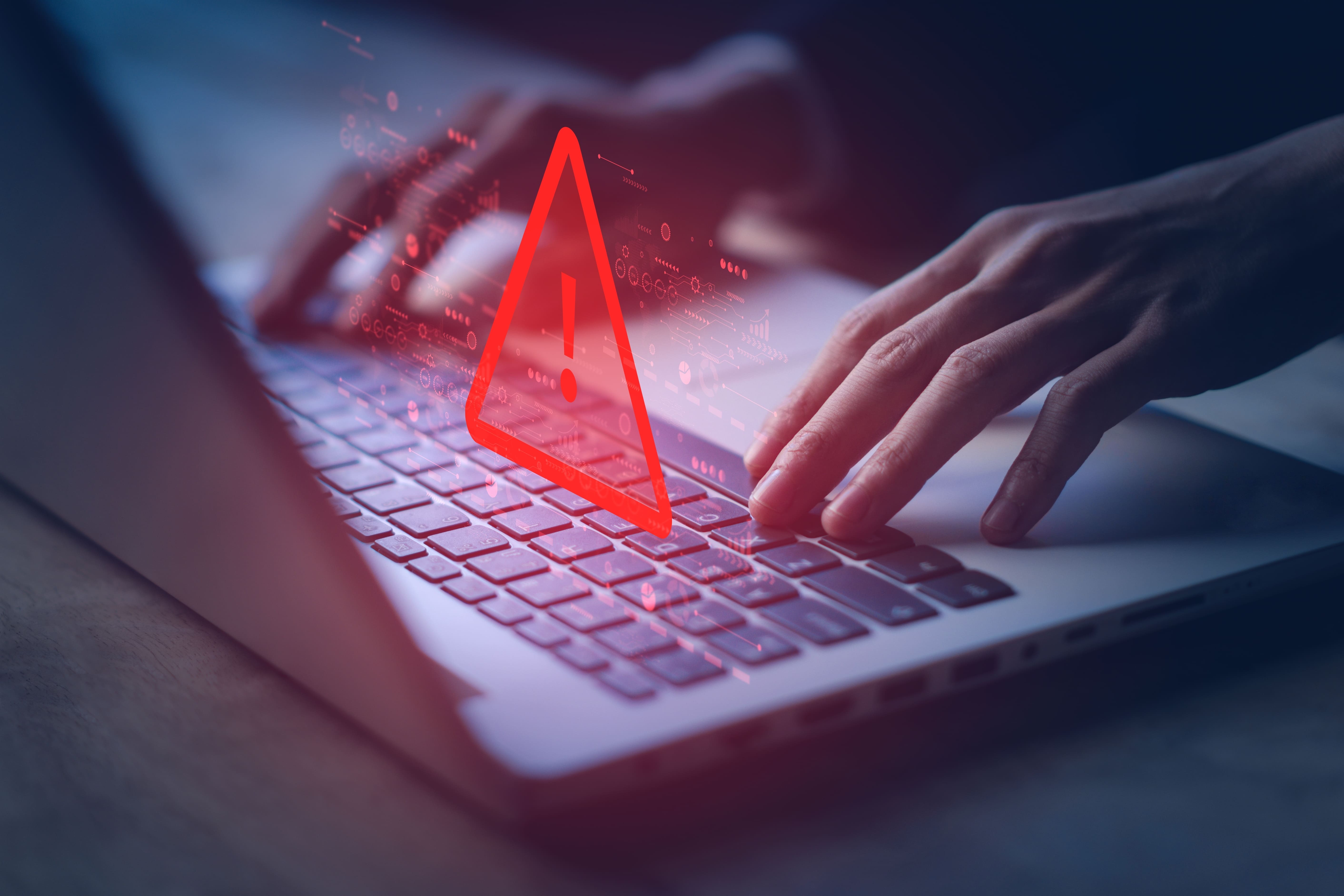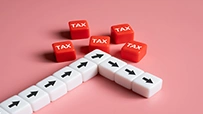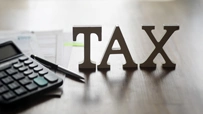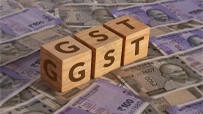Two-Wheeler Loan Subsidies: Government Schemes and Benefits Explained
December 09, 2024

Owning a two-wheeler in India has become more accessible thanks to various government loan schemes and subsidies. These initiatives aim to promote affordable transportation and encourage the adoption of electric vehicles. Let's explore the different schemes and bike loan subsidies available across India.
National Schemes
1. FAME II Scheme
The Faster Adoption and Manufacturing of (Hybrid and) Electric Vehicles (FAME II) scheme is India's flagship initiative for promoting electric mobility.
Key Features:
- Subsidy of up to ₹10,000 per kWh for the first 10 lakh buyers
- Additional incentives for scrapping old vehicles (up to ₹7,000)
- Buyback schemes (up to ₹12,000)
- Total budget allocation of ₹10,000 crore
- Aims to support 7,000 e-Buses, 5,00,000 e-3 Wheelers, 55,000 e-4 Wheeler Passenger Cars and 10,00,000 e-2 Wheelers
2. Electric Mobility Promotion Scheme (EMPS) 2024
EMPS 2024 focuses on boosting the adoption of electric two-wheelers (e-2W) and three-wheelers (e-3W) for commercial use.
Key Features:
- Subsidies of up to ₹10,000 per kWh for e-2Ws
- Up to ₹25,000 for small e-3Ws
- Up to ₹50,000 for large e-3Ws
- Promotes development of the EV manufacturing industry
- Aligns with the vision of Atma Nirbhar Bharat
State-Specific Schemes and Subsidies
Two wheeler loan subsidies and incentives vary significantly from state to state. Here's a snapshot of some state-specific offerings:
State | Subsidy Amount | Additional Benefits |
Delhi | Up to ₹30,000 for e-2W | Road tax and registration fee waiver |
Maharashtra | Up to ₹25,000 for e-2W | 25% subsidy on first 10,000 vehicles |
Gujarat | Up to ₹20,000 for e-2W | Registration fee waiver |
Tamil Nadu | 50% of cost or ₹25,000 (whichever is less) | Specific scheme for working women |
Karnataka | 15% of vehicle cost or ₹10,000 | Road tax exemption |
Tamil Nadu: Amma Two-Wheeler Scheme for Working Women
This scheme is designed to empower working women in Tamil Nadu.
1. Eligibility Criteria:
- Native and residing in Tamil Nadu
- Aged between 18-40
- Valid two-wheeler or learner's license
- Annual income ≤ ₹2,50,000
2. Benefits:
- Subsidy of up to 50% of vehicle cost or ₹25,000 (whichever is less)
- Applicable for gearless/auto-geared two-wheelers with engine capacity ≤ 125cc
Impact of Two-Wheeler Loan Subsidies
- Reduced loan burden
- Lower interest rates in some cases
- Tax exemptions (e.g., road tax waivers)
- Potential insurance premium benefits for electric two-wheelers
Sample Calculation:
For an electric two-wheeler costing ₹1,00,000 under the FAME II scheme:
- Battery capacity: 2 kWh
- Subsidy rate: ₹10,000 per kWh
- Total subsidy: ₹20,000
This subsidy significantly reduces the overall cost, making the two-wheeler more affordable.
Final Thoughts
Two-wheeler loan subsidies and government loan schemes provide substantial loan benefits for Indian buyers. These initiatives make bike ownership more accessible and affordable, particularly for electric vehicles. The combination of national schemes like FAME II and state-specific subsidies offers a range of options for potential buyers.
Ujjivan SFB offers Chakra Loan - a two-wheeler loan that's designed to offer maximum convenience, including ease of application, competitive interest rates, financing up to 95% of the on-road price of the vehicle and more.
Disclaimer:
The contents herein are only for informational purposes and generic in nature. The content does not amount to an offer, invitation or solicitation of any kind to buy or sell, and are not intended to create any legal rights or obligations. This information is subject to updation, completion, amendment and verification without notice. The contents herein are also subject to other product-specific terms and conditions, as well as any applicable third-party terms and conditions, for which Ujjivan Small Finance Bank assumes no responsibility or liability.
Nothing contained herein is intended to constitute financial, investment, legal, tax, or any other professional advice or opinion. Please obtain professional advice before making investment or any other decisions. Any investment decisions that may be made by the you shall be at your own sole discretion, independent analysis and evaluation of the risks involved. The use of any information set out in this document is entirely at the user’s own risk. Ujjivan Small Finance Bank Limited makes no representation or warranty, express or implied, as to the accuracy and completeness for any information herein. The Bank disclaims any and all liability for any loss or damage (direct, indirect, consequential, or otherwise) incurred by you due to use of or due to investment, product application decisions made by you on the basis of the contents herein. While the information is prepared in good faith from sources deemed reliable (including public sources), the Bank disclaims any liability with respect to accuracy of information or any error or omission or any loss or damage incurred by anyone in reliance on the contents herein, in any manner whatsoever.
To know more about Ujjivan Small Finance Bank Products Visit:"https://www.ujjivansfb.in"
All intellectual property rights, including copyrights, trademarks, and other proprietary rights, pertaining to the content and materials displayed herein, belong
to Ujjivan Small Finance Bank Limited or its licensors. Unauthorised use or misuse of any intellectual property, or other content displayed herein is strictly prohibited and the same is not intended for distribution to, or use by, any person in any jurisdiction where such distribution or use would (by reason of that person’s nationality, residence or otherwise) be contrary to law or registration or would subject Ujjivan Small Finance Bank Limited or its affiliates to any licensing or registration requirements.
FAQs
1. What is the FAME II scheme?
FAME II is a government initiative offering subsidies for electric vehicle purchases, including two-wheelers.
2. How much subsidy can I get under FAME II for an electric two-wheeler?
Up to ₹10,000 per kWh for the first 10 lakh buyers.
3. Are there state-specific subsidies for two-wheelers?
Yes, many states offer additional subsidies and benefits for two-wheeler purchases, especially electric models.
4. What is the Amma Two-Wheeler Scheme?
It's a Tamil Nadu government scheme offering subsidies for working women to purchase two-wheelers.
5. Can I avail both central and state subsidies for my two-wheeler purchase?
In most cases, yes. Central schemes like FAME II can be combined with state-specific subsidies.
6. Are there any tax benefits for purchasing an electric two-wheeler?
Many states offer road tax exemptions for electric two-wheelers
7. What documents are typically required to apply for two-wheeler loan subsidies?
Usually, proof of identity, address, income, and vehicle purchase documents are required.
8. Do all two-wheelers qualify for government subsidies?
No, subsidies are often specific to electric or low-emission vehicles
9. How do I apply for two-wheeler loan subsidies?
Application processes vary by scheme. Check with your state's transport department or authorized dealerships.
10. Can I get a subsidy if I've already purchased a two-wheeler?
Generally, subsidies are applicable at the time of purchase. Retroactive claims are usually not accepted.
Latest Blogs

eSIM Scam in India: I4C Warns Mobile Users About Rising Fraud – How to Stay Safe
The Indian Cybercrime Coordination Centre (I4C), a wing of the Ministry of Home Affairs, issued a strong warning to mobile users about the rapid increase in eSIM fraud in India.

How to Link PAN with Aadhaar: Step-by-Step Guide & Consequences of Not Linking
Linking your Permanent Account Number (PAN) with your Aadhaar is no longer just a best practice.

Annual Information Statement (AIS): A Complete Guide for Stress-Free ITR Filing
India’s tax season is in its final stretch.

ITR-1 (Sahaj) Restrictions: Income Sources Not Allowed & Filing Rules
With just a few days left before the 15 September 2025 deadline for filing Income Tax Returns (ITRs) for Assessment Year (AY) 2025-26, many taxpayers are rushing to submit their forms online.

GST Rate Cut on Electronics: What It Means for Consumers and Retailers
India’s Goods and Services Tax (GST) system has entered a new era with the rollout of GST 2.0, effective from September 22, 2025.





